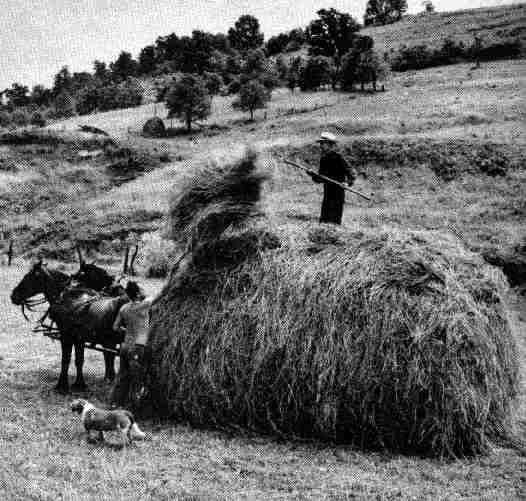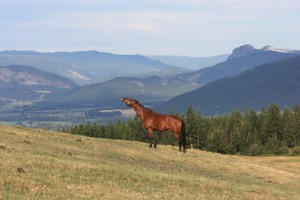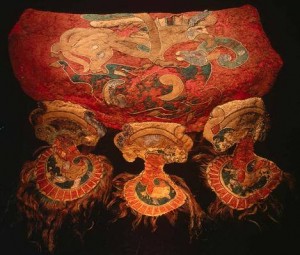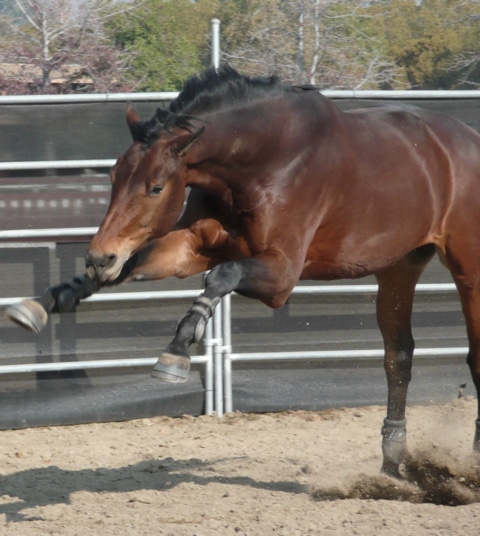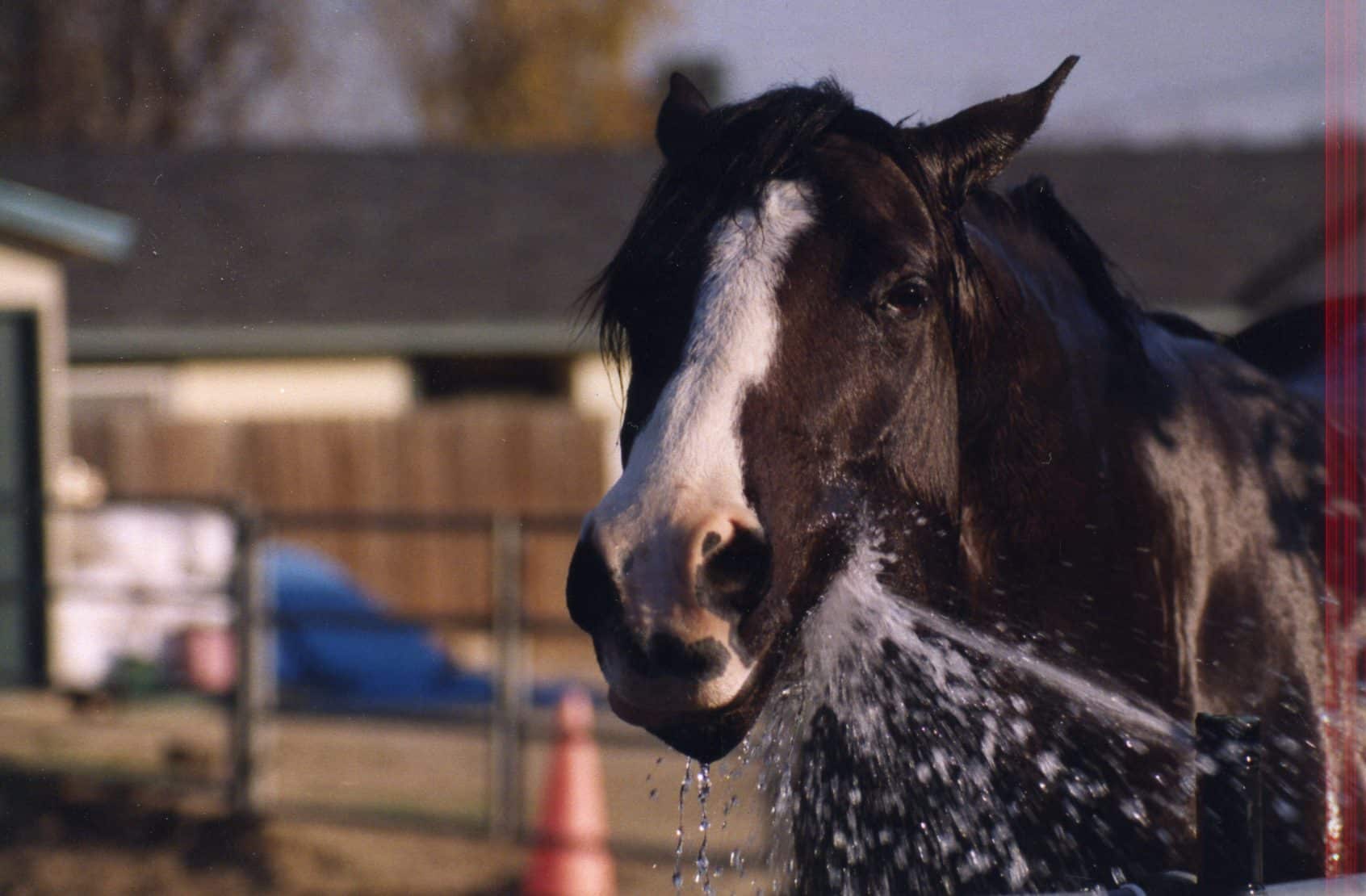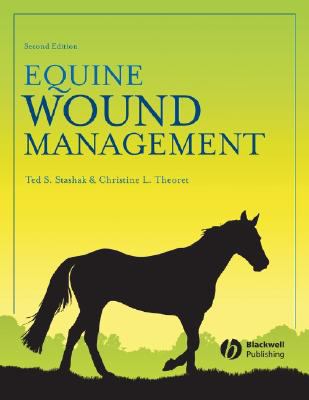Horses can be expensive to take care of, even in the best of economic times. Under any circumstances, you certainly want to do your absolute best in taking care of your horse, but you certainly don’t want to waste money, and particularly so when times are tight. So, I’ve come up with a list of what I think are the five most important things on which you should spend the money that you’ve budgeted for horse care. You might have your own opinions, but that’s what makes such lists fun!
 1. As Much Room as You Can Afford. Personally, I’m not often swayed by the “natural” argument. While I do think that there is a lot of good to be said for decreasing the use of pesticides, reducing pollution, eating less red meat, recycling, etc., “natural” is not a synonym for “good.” I mean, rattlesnakes and tornadoes are “natural,” too. Still, in their natural state, horses are constantly on the move, traipsing through the wide open spaces. That state of affairs seems to have been good for them, allowing the family Equidae, genus Equus, to survive for something like 55 million years.
1. As Much Room as You Can Afford. Personally, I’m not often swayed by the “natural” argument. While I do think that there is a lot of good to be said for decreasing the use of pesticides, reducing pollution, eating less red meat, recycling, etc., “natural” is not a synonym for “good.” I mean, rattlesnakes and tornadoes are “natural,” too. Still, in their natural state, horses are constantly on the move, traipsing through the wide open spaces. That state of affairs seems to have been good for them, allowing the family Equidae, genus Equus, to survive for something like 55 million years.
Sadly, civilization has limited the ability of the horse to roam. Now, instead of endless acres of open land on which to move and feed, a horse is often kept in a small stall, getting out only for an hour or two of exercise whenever his owner can make the time. For the horse, such care is certainly much better than nothing, but stabling is also associated with a variety of equine ills.
In my opinion, it’s probably best to mimic the “natural” movement of the horse to the extent that you can. Over the years, I’ve seen any number of stabled horses that had a personality change or an improvement in lameness, within a couple of weeks after being turned out (and being able to move around). But you don’t have to necessarily buy, say, Montana. If your horse can spend some time in a pasture, that’s great. A large paddock is better than a box stall. If you’re horse has to be in a box stall, try to arrange to have someone turn him into a larger area as often as possible, or get a stall with an attached outside area. Regular movement and exercise is healthy for your horse, and it’s something for which you should pay.
And, much to my delight, there’s even some scientific support for that idea. In August 2013, in the Journal of Equine Veterinary Science, investigators concluded that horses turned out in pasture are every bit as fit as horses that are stalled and exercise (CLICK HERE to see an abstract of the study). The bottom line is that the more your horse can move around, the healthier that he or she will be!
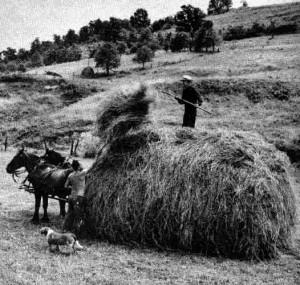 2. Good Forage. The plant material eaten by horses is broadly referred to as forage. In the wild (back to that “natural” thing), horses are grazers, and they eat fresh forage in 23 out of 24 hours in a day. They came up with the phrase, “Eating like a horse,” for a reason.
2. Good Forage. The plant material eaten by horses is broadly referred to as forage. In the wild (back to that “natural” thing), horses are grazers, and they eat fresh forage in 23 out of 24 hours in a day. They came up with the phrase, “Eating like a horse,” for a reason.
Many horses are lucky enough to have access to fresh forage (i.e., grass), although that can certainly cause horses problems, too. Stabled horses usually get to eat dried forage; there are many different types of hay available for horses, mostly depending on the area in which you live (e.g., in California, alfalfa hay abounds, while in Texas, there’s a lot of coastal bernuda hay). It’s not possible – or necessary – to keep your horse eating according to a “natural” schedule, but it’s absolutely mandatory that you feed your horse the best quality forage that you can afford. Grass pasture shouldn’t be full of weeds and holes; good hay shouldn’t be dusty, moldy, or discolored and it should free of dirt, sticks, rocks, or thick stems. Whether dried or fresh, forage should smell good and be mostly green in color.
Good forage is essential for good horse health. In fact, the vast majority don’t need anything BUT good forage and clean water. Feeding good forage helps to eliminate many health problems, and, of course, also avoids problems related to poor nutrition. You can probably cut out a lot of superfluous things from your horse’s diet, but when it comes to forage, don’t cut corners.
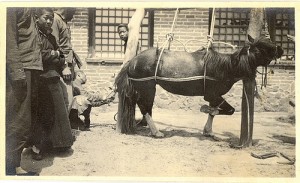 3. Hoof Care. One thing that’s annoying about aphorisms: they’re mostly true. Thus, the time-worn phrase, “No foot, no horse,” is absolutely right on the mark. The vast majority of all lameness problems of the horse somehow relate to the horse’s foot. If you don’t have a hoof pick, get one (or two or three – they tend to evaporate), and use it regularly. Keep your horse’s feet from being too wet, so they don’t crumble and fall apart. Find a reliable farrier,[*] stick with him or her, and make sure your horse is trimmed on a schedule that’s appropriate (NOTE: the “appropriate” schedule will most likely differ for each horse). Most horses don’t have special needs when it comes to hoof care, but every horse needs to have its feet looked after regularly, so as to avoid lameness problems. It’s worth the money.
3. Hoof Care. One thing that’s annoying about aphorisms: they’re mostly true. Thus, the time-worn phrase, “No foot, no horse,” is absolutely right on the mark. The vast majority of all lameness problems of the horse somehow relate to the horse’s foot. If you don’t have a hoof pick, get one (or two or three – they tend to evaporate), and use it regularly. Keep your horse’s feet from being too wet, so they don’t crumble and fall apart. Find a reliable farrier,[*] stick with him or her, and make sure your horse is trimmed on a schedule that’s appropriate (NOTE: the “appropriate” schedule will most likely differ for each horse). Most horses don’t have special needs when it comes to hoof care, but every horse needs to have its feet looked after regularly, so as to avoid lameness problems. It’s worth the money.
4. A Veterinary Visit. It’s probably a good idea to spend money on a visit from your veterinarian at least once a year. Your veterinarian can administer vaccinations, give advice on parasite control, check your horse’s teeth for proper wear, provide nutritional advice, and give an overall evaluation of your horse’s health.
from your veterinarian at least once a year. Your veterinarian can administer vaccinations, give advice on parasite control, check your horse’s teeth for proper wear, provide nutritional advice, and give an overall evaluation of your horse’s health.
It’s also a good idea to have a previously established relationship with a veterinarian in case you have an emergency. Some veterinarians may be reluctant to serve first time clients on an emergency basis – it’s one thing to get up to help someone that you’ve worked with for long time, but it’s quite another feeling when you’re awakened in the middle of the night to hear someone say, “I tried three other vets, but they didn’t answer the phone.” The time to meet your veterinarian for the first time, ideally, is not 2 o’clock in the morning.
5. Comfortable Tack. Most people who own horses do so intending to ride them. If that’s the case, why not make the experience comfortable for both of you? A comfortable saddle will help make your ride enjoyable for you, and a properly fit saddle will help make the ride enjoyable for your horse (and reduce the chance that he’ll get sore in the back). You don’t necessarily have to pay several thousand dollars for the latest popular custom fitted saddle brand, either. There are many nice, reasonably priced saddles (or, plenty of nice used ones). Even an expensive saddle isn’t worth much of anything if it doesn’t fit your horse.
So there you go. If you can provide those five things to horses, you’ll accomplish a lot towards keeping your horse healthy and fit. A little bit of well-spent money up front will got a long way towards keeping you from having to come up with the money to deal with a big problem that might have been prevented.
*******************************************************************************************************************************************
[*] An entire article could be devoted to the word “reliable.” Basically, I think you should look for someone who will return your phone calls, who has some experience, who is happy to work with your veterinarian, and who doesn’t espouse any particular idea as the “only” way to take care of your horse’s foot.

